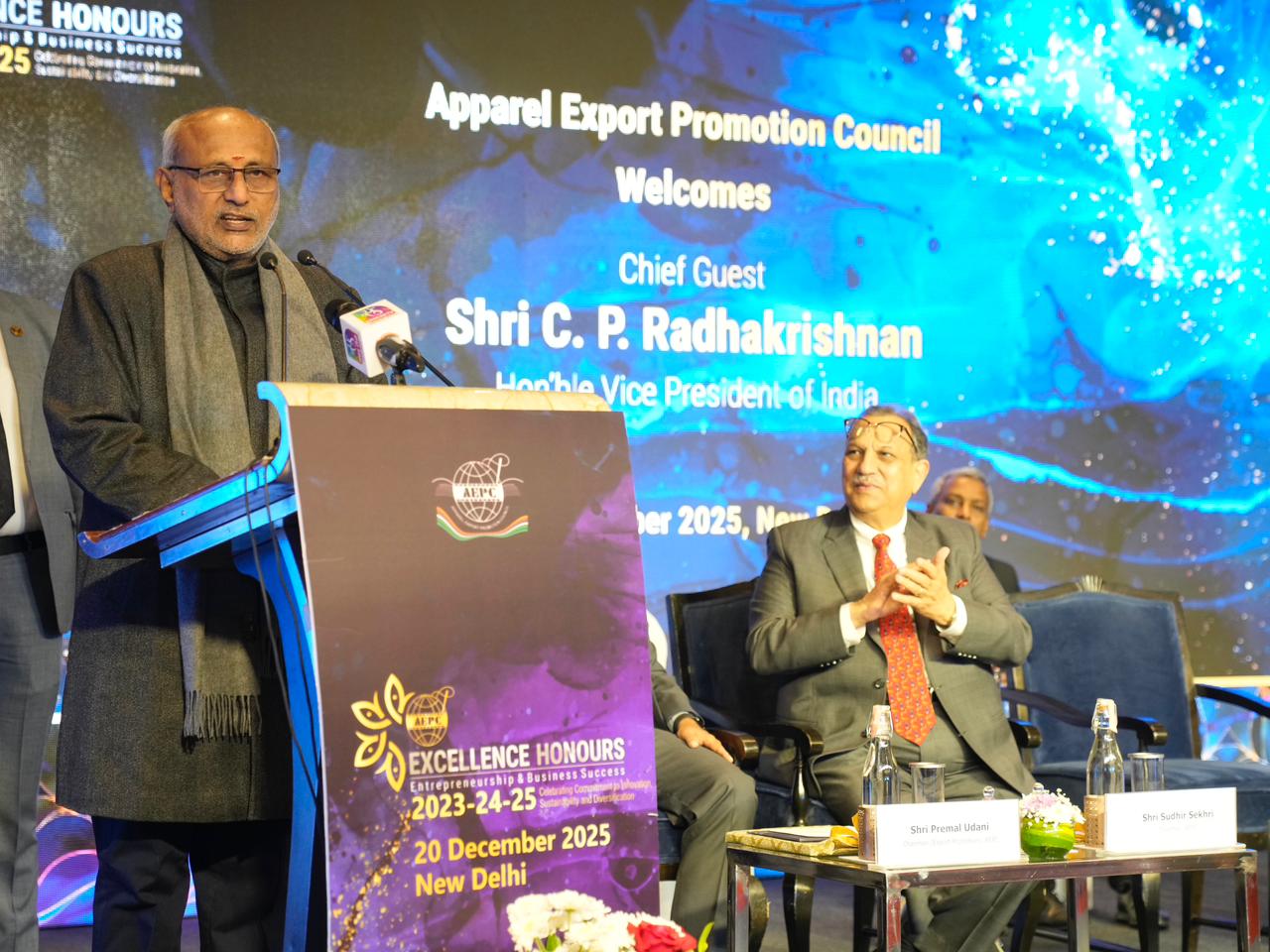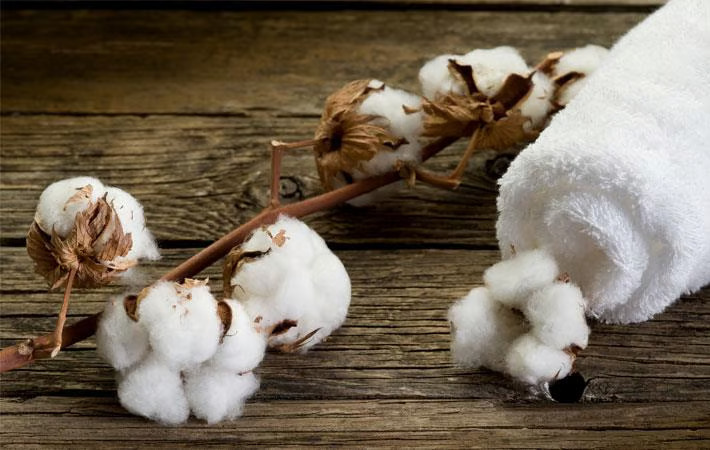FW
The actual number of workers in Bangladesh’s readymade garment sector is uncertain. It is estimated that some 4.4 million workers, most of whom are women, are employed in the sector, although there is no specific data on the number of male and female workers or their ratio.
Many believe nearly 80 per cent workers in the sector are female. But there has been an increase in male participation following the adoption of more modern technologies in the sector. The importance of a central database for workers was seriously felt after the Tazreen fire and the Rana Plaza collapse, as it took a long time in proper identification of victims due to the absence of such a database. It also delayed the process of compensation for affected workers and their dependents.
Both the apex apparel trade bodies – BGMEA and BKMEA – are yet to complete preparing a biometric database of the workers under their respective member factories. Till date, some 2.95 million workers of some 2,136 member factories of Bangladesh Garment Manufacturers and Exporters Association have been enlisted. On the other hand, Bangladesh Knitwear Manufacturers and Exporters Association has been able to enlist the workers of only 147 of its member factories so far, out of active 900 units, in its database.
"Despite the economic ups and downs in China over the last few years, demand for premium European textiles remains high. Whether it be premium wool for the flourishing suiting market, ladieswear fabrics, lace & embroidery for high-end domestic brands each with hundreds of stores across the country, innovative yarns & fabrics for the booming sports and activewear sectors, or original pattern designs for the thousands of new online fashion brands, European suppliers remain the go-to option for Chinese buyers looking for quality and style."

Despite the economic ups and downs in China over the last few years, demand for premium European textiles remains high. Whether it be premium wool for the flourishing suiting market, ladieswear fabrics, lace & embroidery for high-end domestic brands each with hundreds of stores across the country, innovative yarns & fabrics for the booming sports and activewear sectors, or original pattern designs for the thousands of new online fashion brands, European suppliers remain the go-to option for Chinese buyers looking for quality and style.

As an undisputed leader in the European textile scene, Italy is always a good bellwether of the trends between Europe and China. After a less than stellar 2016, Italy’s fabric exports to the Mainland China and Hong Kong markets grew by 12.4 per cent in the first 10 months of 2017. The expected demand for European brands at Intertextile Shanghai Apparel Fabrics will be most evident in the SalonEurope zone, which features exhibitors from Austria, France, Germany, Italy, Spain, Switzerland, Turkey and the UK, as well as country pavilions & zones from France, Germany, Italy and Turkey. There is also continuing demand for overseas expertise when it comes to more technical areas such as sustainability and digital printing, solutions to which can be found in the fair’s All About Sustainability area and Digital Printing Zone.
SalonEurope showcase
The best of the best from Europe will be on display at SalonEurope, with a range of products across the whole textile spectrum on offer. Alumo (Switzerland) will be celebrating 100-year anniversary this July. Alumo has undertaken a complete refresh of their brand, highlighting the character of their mill in Appenzell, Switzerland that has deep roots in the local textile industry. This edition, they will showcase a renewed collection of luxury shirting fabrics with intricate designs and added functions such as natural stretch and wrinkle-free, and a newly enlarged, never-out-of-stock ‘Sartorial’ collection. Hatfil Tekstil Isletmeleri (Turkey), a Turkish-Italian joint venture, offer a huge range of yarns including eco-friendly options such as organic, BCI and fair trade yarns, as well as cotton, Tencel, Amicor, bamboo, cashmere, modal and other varieties.
Ricamificio Paolo Italy SpA (Italy), an embroidery manufacturer, has developed a new technique using thin embroideries to produce a lace-like effect, which can also be customised to the customer’s requirements in no more than four weeks. They have also produced a quilt-like fabric suitable for spring / summer garments, which is made from materials such as silk organdie, cotton yarn or lurex to produce a shiny effect. Teseo Tessitura Serica Di Olmeda SpA (Italy)’s summer 2019 collection is inspired by the natural elements with increased attention to sustainability with GOTS-certified bio silk and eco-friendly yarns. New articles are lighter and enriched with yarn-dyes, include jacquard stripes and checks, gauze and devoré bands to add transparency, and more.
Digital Printing Zone
While digital printing is rapidly gaining traction in the global textile industry, this is especially so in China due to its potential to reduce pollution during the production process. Amongst the exhibitors looking to take advantage of this in the fair’s new Digital Printing Zone is MS Italy, a market leader in the design, development and distribution of innovative digital ink-jet printing systems and associated consumables, which serves the high-end, roll-to-roll textile printing and specialty material markets. Also exhibiting is Digitex, which will introduce the latest digital- and inkjet-printed natural and manmade fabrics.
Apart from digital printing exhibitors, a day-long forum will inform fairgoers on the exciting possibilities of digital printing. Held on Day 2, the Fast Fashion and Digital Printing Application Forum, features sessions on fast fashion technology & trends and digital printing applications. These are followed by a series of discussions on topics such as flexible supply chains, business opportunities created by digital printing and IP protection. The forum also includes a presentation on the findings of a six-month study conducted by Fashion Print, a Chinese publication, for which they visited hundreds of textile companies, printing and dyeing enterprises, as well as their suppliers to produce a research paper on the digital textile printing market and technology.

While Levi’s has been moving towards sustainability in manufacturing denim, the company finds it hard to live up to expectations. For example, a team of designers takes weeks to figure out exactly where to fade the indigo and position the tears for the most authentic vintage look. Then, factory workers use sandpaper and harsh chemicals to make it look properly worn in. The jeans are then probably washed for hours so that the blue colour can fade out, these dyes inevitably end up polluting the groundwater. Bart Sights, Head-Levi’s innovation center, the Eureka Lab, points out the company alone offers over a thousand different finish looks per season. They are produced with labour-intensive, repetitive motion jobs, and a long list of chemical formulations.

In order to reduce the impact of harmful chemicals, Levi’s has achieved a breakthrough that uses infrared light to etch off a very fine layer of the indigo and cotton from a pair of jeans, creating the same faded finishes and tears in 90 seconds flat. As per Sights, this new technique will automate many new aspects of the company’s denim-making process, from design and prototyping, to manufacturing, catering to consumer demand. As Liz O’Neill, Supply Chain Officer, Levi’s says it started as an idea for a change in a manufacturing process. But it has actually evolved into a holistic digital transformation that covers the whole supply chain from end to end. For 2019 and beyond, Levi’s will scale up this technology and aims at producing 75 million pairs of denim.
Speeding up the process
Meanwhile, the Eureka Lab has also created a video game-like software that allows designers to build new styles on an iPad. The platform allows them to, say, take one of Levi’s styles like the 501 or the 511 in one of a few basic colours, then use buttons and levers to distress the jeans, add studs, rips, or other design elements. What’s so unique about this? The digital file that the designers produce can be immediately sent to the laser machine, which will produce the design on a prototype of real jeans. According to O’Neill, this new tablet design tool reduces the process it takes to prototype a pair of jeans to just three steps. Previously, with all the drawing, reiterating, and then manually creating prototypes, it took between 12 and 18 steps. It also means not wasting as much material, since the photo-realistic accuracy of the new software means the prototype is as close to what the designer imagined as possible.
In 2016, Levi’s launched a new initiative, ‘Screened Chemistry’ to study the chemicals used in the manufacturing process and toxic chemicals got eliminated from the production process. The company had to use thousands of different chemical formulations to achieve the desired finishes, but with this revolution tool, the count would reduce to dozens and that’s quite remarkable. Going by the magnitude of production, Levi’s will first introduce the lasers into its large warehouse outside Las Vegas. Additionally, the new process would radically speed up the time it takes to bring a new design to market. Once a new trend emerges, a designer would develop a prototype within hours, which could then be produced at scale within months.
The significance
According to some estimates, globally between 80 and 100 billion never-worn garments are sent to landfills every year. A lean approach, like the one by Levi’s is using, could cut down on this waste and provide a model for other huge apparel corporations to follow. O’Neill emphasised that Levi’s is shifting its model from ‘sell what you make’ to ‘make what you sell,’ and this will improve its overall inventory health.
The pace of India’s apparel exports is likely to remain contingent upon the industry’s ability to overcome the internal as well as external headwinds that it is currently facing. While the transition to the new taxation and export incentive regime has posed liquidity challenges for the industry, intense competitive pressures in the global market, particularly in the light of the impending trade agreements and foreign currency movements, pose additional challenges.
Following an upward revision in export incentives, India saw a six to 20 per cent year-on-year growth in apparel exports to key nations such as the US, UK, Germany, France and Spain during the November-December period in 2017. India’s competitiveness in apparel exports will also remain contingent on the movement in foreign exchange rates. This remained a key challenge last year, with the Indian rupee appreciating by three per cent vis-à-vis the dollar in calendar year 2017 compared to a one to three per cent depreciation in the currencies of other key apparel exporting nations, that is, China, Bangladesh and Vietnam.
Supported by duty-free access to the EU market, Bangladesh retains its status as the second-largest apparel exporter after China. Vietnam remains the fastest growing among large apparel exporting nations.
Since 2013 all major exporting sectors of Pakistan have seen a decline, including textiles. The decline in textile exports has been attributed to insufficient investment in upgrading technology and innovation. And this in turn is a result of non-accumulation of savings and investment owing to low profitability, high costs of production, liquidity and cash flows being soaked up by the Federal Board of Revenue and the State Bank in delayed refunds/drawbacks, and continued overvaluation of the currency for five consecutive years making exports uncompetitive.
Export performance can be improved by tapping into the textile industry’s exportable surplus, which can help reverse the trade account deficit. A viable business environment can promote competition through an open economy which brings trade opportunities and protects domestic industries through tariff and non-tariff barriers. Market forces should be allowed to work; any greater role of the government that interferes with market forces creates bureaucratic delays and inefficiencies.
Pakistan’s poor trade performance in recent years is an outcome of diminishing export competitiveness. The reason for the loss of competitiveness is the increased cost of doing business. A country with a regionally uncompetitive business environment cannot be expected to compete with regional players like India, Vietnam, Indonesia and Turkey.
China’s staple fiber production rose 0.5 per cent in 2017. The bulk of the increase was driven by viscose staple fiber production, which managed to offset the year-on-year drop in polyester and acrylic staple fiber production. Despite the year-on-year drop in accumulated output, polyester staple fiber production is still expected to make up the bulk of overall staple fiber production in China. More than 70 per cent of staple fiber production in the country is expected to be polyester staple fibers.
Accumulated polyester staple fiber production underperformed year-on-year in 2017. There was a 1.4 per cent drop year-on-year. A year-on-year drop in production among polyester staple fiber producers held back year-on-year growth in overall staple fiber production. Viscose staple fiber production made up the bulk of the year-on-year increase in China’s overall staple fiber production in 2017 up to December and accounts for more than a fifth of recorded Chinese staple fiber production in 2017.
Acrylic staple fiber production is expected to be 4.4 per cent of total staple fiber production in China. After a positive year-on-year growth in accumulated acrylic staple fiber production in 2017 up to November, acrylic staple fiber producers ended with a year-on-year drop in accumulated output by December.
Victoria's Secret made the somewhat controversial decision to abandon its seemingly popular swimwear and apparel categories to focus solely on lingerie, beauty and the Pink brand. According to a report, Victoria’s Secret sales declined every single month last year. Things were worse in the first half of the year, with drops between 10 and 14 per cent most months. Towards the end of the year, those declines shrank somewhat to the single digits.
With e-commerce taken out, Victoria’s Secret same-store sales plummeted 6 per cent after a 2 per cent decline a year ago, and bath and body Works added 4 per cent, for an overall 2 per cent same-store sales decline at L Brands stores.
L Brands CFO Stuart Burgdoerfer says the brand will continue to be disciplined in the management of inventory, expenses and capital. Investors will continue to keep an eye on how L Brands handles Victoria Secret retail locations and products in general. L Brands stock has consistently slid since it peaked in 2015 with a price of close to $100 a share, as of press the stock (LB) is trading in the $44 range.
The US has renewed the Cotton Ginning Cost Share (CGCS) program. The program will allow cotton growers to receive a cost share payment based on their 2016 cotton acres reported to the Farm Service Agency (FSA), multiplied by 20 per cent of the average ginning cost for each production region.
Payments will be calculated based on a producer’s 2016 cotton acres reported to the FSA, with per-acre payment rates set at 20 per cent of the regional costs of ginning. America’s cotton producers have now faced four years of financial stress. In particular, cotton producers confront high input and infrastructure costs. That economic burden has been felt by the entire cotton market, including gins, cooperatives, marketers, cotton seed crushers and the rural communities that depend upon their success.
CGCS is aimed at providing direct marketing assistance to producers, alleviating a portion of the economic conditions producers are struggling with. US cotton is struggling due to heavily-subsidized foreign fiber competition and the immediate lack of a safety net policy on par with other crops. Reauthorizing this program for the 2016 crop will help cotton growers offset their ginning costs, which in turn will improve many growers’ financial situation and help keep them in business.
Xeros has a near-waterless laundry system. Polymer technology allows washing machines to use a fraction of the water normally used during washing, while still being able to remove stains and protect linen for hundreds of machine washes.
Xeros has developed washing machine components capable of reducing water use by 50 per cent and preventing microfiber shedding from synthetic clothing. It is estimated that each laundry cycle creates hundreds of thousands of microfibers from textiles.
The XOrb polymer technology and XDrum technology work together inside the washing machines to prevent water loss and promote lower use. X Filtra also uses a filtration process to reduce the number of microfibers released from textiles when washed.
Xeros’ core purpose is to give washing machine manufacturers and home laundry customers a washing solution that delivers unparalleled cleaning results and garment care, at the lowest cost, and with the greatest sustainability for the planet.
The laundry system is expected to be great benefit to Cape Town, South Africa, which has had a severe lack of water in recent months and where municipal water supply may be shut off in July. If this happens, Cape Town will be the first major city in the world to run out of water.
Global textile coatings market is expected to grow at a CAGR of 3.9 per cent from 2017 to 2025. Of all the segments, the polyurethane and polyvinylchloride sub-segments held leading position in global textile coatings market in 2016. Another segment involving the manufacture and use of full surface coasting technology showcases a high demand than other technologies. From the end users’ perspective, the upholstery fabric and industrial clothing segments held the top position on the leaderboard with respect to utilization and demand.
Larger companies who have a global presence in this market are expected to improve their product portfolio so that specific demands from diverse industries can be fulfilled. The competitive landscape is expected to grow stronger as the textile coatings market spreads more extensively. New opportunities along with better production capacity and product quality are some of the goals that are being planned by the market leaders.
The Asia Pacific region is expected to continue to showcase the maximum growth. The rising prosperity of industries such as building and construction, transportation, chemical, and many more have been the most prominent factors behind the upsurge experienced by the global textile coatings market. Among the key players are Clariant, Huntsman, Omnova Solutions and Dow Chemical Company.












